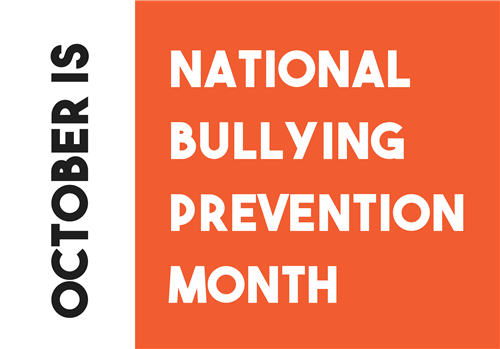When I first mention restorative practices, many people in the room think I’m only talking about restorative justice. The simplest way to understand it is that restorative practices involves a continuum of interventions and strategies that are both proactive and responsive. Restorative justice is ultimately a subset of restorative practices and is primarily only responsive in nature.
Bullying can take many forms, from physical aggression and intimidation to more subtle behaviors that might not be apparent to an onlooker. In honor of National Bullying Prevention Month, we would like to draw attention to all types of bullying, especially those that are less obvious yet pervasive.
When effective youth empowerment is integrated as an integral way of operating, it is transformative for students, adults and schools. National best practices and current research validates that when schools make youth empowerment a cornerstone of their comprehensive school climate efforts, schools become communities where staff and students feel connected.
Although researchers have yet to make the direct correlation between bullying/cyberbullying and suicide, we do know that the prevalence of both phenomena is on the rise.
The most contemporary empirical research, as well as respected national and state surveys regarding at-risk behavior and resiliency for all youth, finds the risk factors for LGBTQ students to be sobering and stunningly escalated. GLSEN’s 2019 School Climate Survey found little improvement in safety, including discriminatory practices, lack of ability to use the appropriate restroom for transgender affirmed children, authentic identity and LGB and transgender students continual absence at school because of feeling unsafe or uncomfortable when in school.
From my perspective on peer pressure, it takes multiple people and multiple comments to convince someone to do something they don’t want to do, but it takes only one person and one voice to speak up and point out that it’s wrong. It takes only one person to say “you don’t have to do it”, and to change someone’s mind.
Since 2012 the California Board of State and Community Corrections (BSCC) has awarded the City of Santa Rosa over $2.8 million to deliver evidence-based gang prevention, intervention, and re-entry programs to the under-served communities. This funding has provided The Partnership with the resources to create an internal referral system, Guiding People Successfully (GPS), aimed at providing wraparound case management services for high-risk youth in the community.
During staff development workshops I often ask educators to reflect and share why they decided on a career in education. “To support kids”, “Because I wanted to make a difference”, “My third-grade teacher changed my life and I want to do the same for other kids” are common responses. The truth is, while reaching towards our goal to improve the lives of students, the path often gets blurred by the demands of the day-to-day.
As National Bullying Prevention Month is recognized in communities across America, with schools and other organizations joined as partners, awareness of bullying and its consequences continues to be a vital part of our nation’s conversation. Why is it so important to bring attention to this issue? Because it has been statistically proven that a positive school climate, where every student feels safe, is crucial for thriving, healthy and high-achieving students.
The current trends, research and legislation all highlight and promote the importance of school climate as a primary cornerstone and driver for improving safety, discipline, attendance and achievement. According to the National School Climate Center (NCSS), “Students benefit in many ways from safe, caring, and peaceful school environments.”








